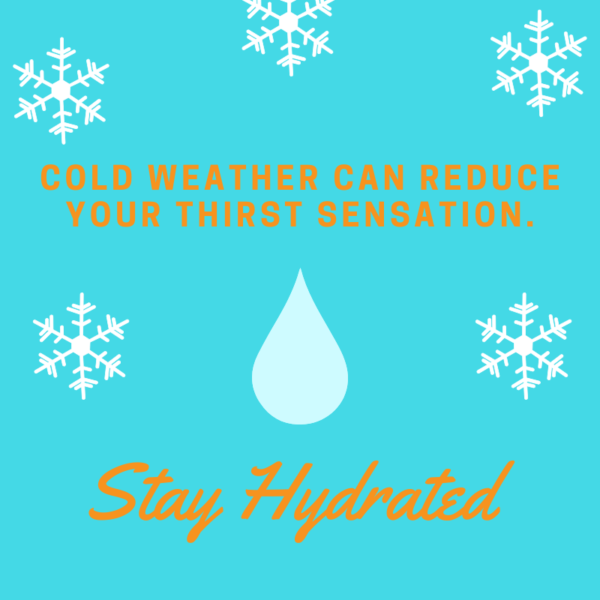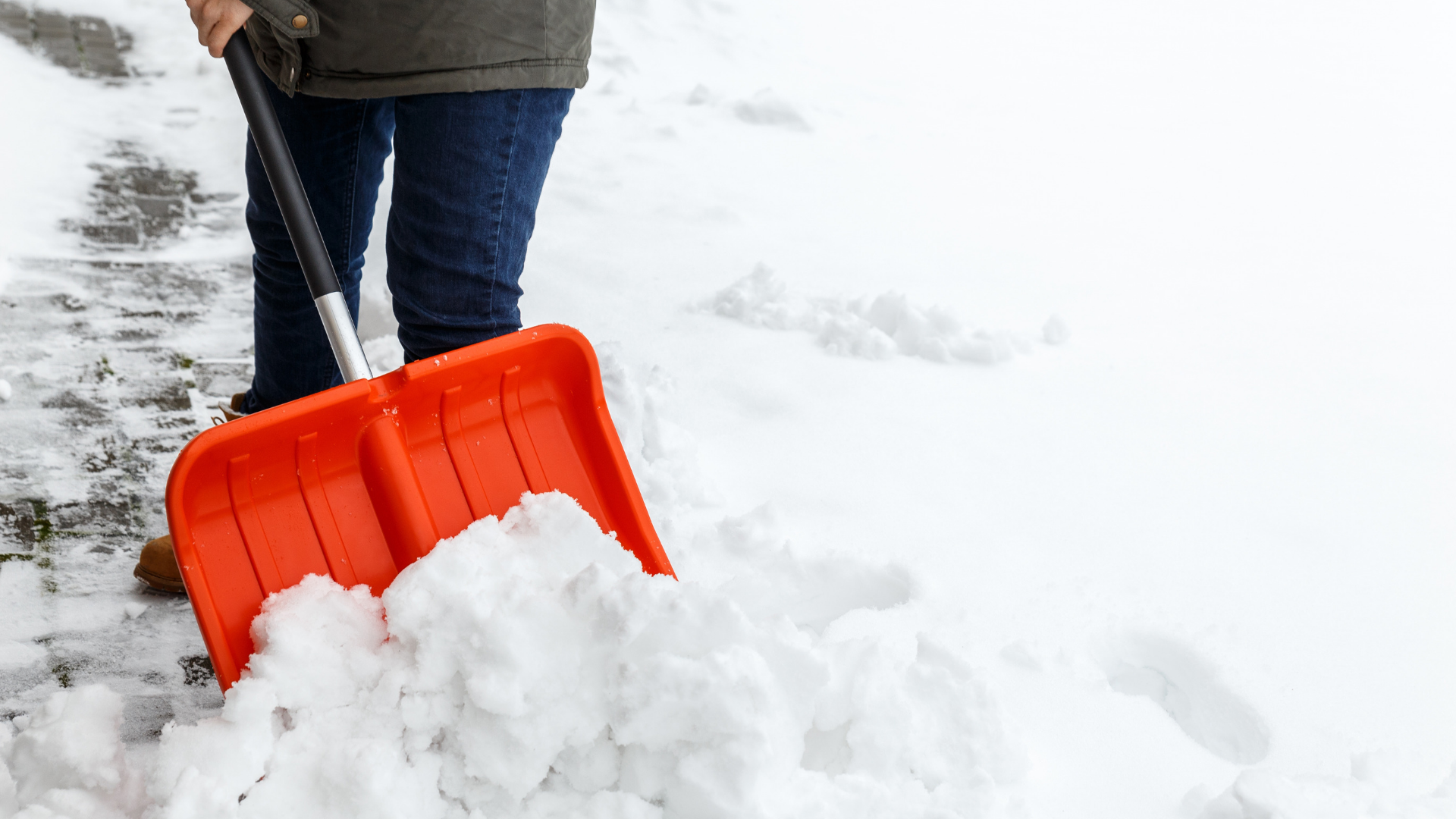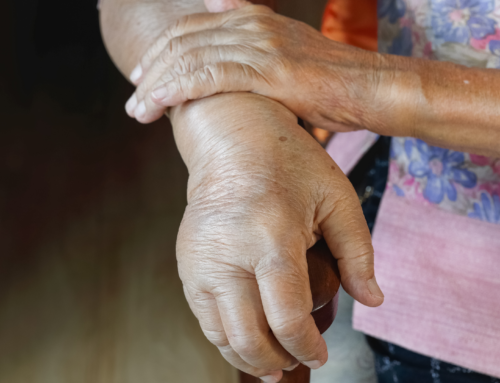Outdoor activities can fill the cold, dark days of winter with lots of fun and memorable moments. However, if we are not mindful of taking care of our bodies, it can also lead to pain and injury.
That’s why we advise clients to consider injury prevention to ensure these magical winter moments are problem-free. Here are a few classic winter activities that warrant some extra preventative measures so there’s more time “doing” the activity and less time “undoing” any potential injuries.
Snow Shoveling Injury Prevention Tips
Warming up for this winter chore is a must, if you want to prevent repetitive use injuries to your neck, shoulders, legs, and low back. A proper warm-up for snow shoveling would include dynamic stretches that engage the major muscle groups used while shoveling like the stretch sequence demonstrated in this video of registered physiotherapist Hoong Phang.
- Make sure you keep the loads on the shovel manageable, close to your body, and try your best to avoid excessive twisting and turning at the low back.
- Make your piles of snow manageable, and if the heap is beginning to approach hip-level, it’s time to push it to another destination.
- Remember that smaller loads and more trips across the driveway or sidewalk can also assist in injury prevention.
- In addition, if you do have a pre-existing heart condition, make sure you clear this activity with your Doctor before engaging in it.
Skating Injury Prevention Tips
Public skating rinks provide a cost-effective way to get exercise and enjoy the outdoors with friends and family. Remember that these places tend to become overcrowded quickly, especially during the holiday months, and that the proper equipment can really go a long way towards injury prevention.
- Helmets, wrist and knee guards, and properly sharpened skates are simple ways to make your skating experience injury-free.
- Try going at off-peak times and keep a safe distance from other skaters who are not going at the same speed or pace as you, whenever possible.
Tobogganing Injury Prevention Tips
Whatever your method of transportation downhill, this winter activity generally attracts a more youthful crowd, which means the foresight for injury prevention might be lacking. That’s where a parent or guardian can provide information and/or equipment.
- Dressing in layers to avoid overexertion and sweating, keeping dry, and limiting exposed skin is essential to an enjoyable tobogganing adventure.
- On the flip-side, thermal socks, waterproof gloves and boots, and toques are key to a fun-filled day that isn’t ruined by frozen faces or soggy socks.
- Make sure you take breaks and head indoors after play to help bring blood flow back to your peripheral body parts (e.g., toes, fingers, cheeks, and nose), and limit the risk of getting frost bite.
- Always ensure your path down the hill is well lit and clear of previous tobogganers or obstacles to prevent collisions that can results in injuries.
Other Ways to Keep Safe and Healthy in Winter
Staying hydrated in winter is just as important as any other time of year. Cold temperatures can reduce our thirst sensation significantly but that doesn’t mean that our bodies don’t need it. In fact, wearing all that extra clothes can cause fluid loss, especially if we are doing moderate to intense activities. Remember to bring an extra water bottle with you, especially If you intend on being out for a good part of the day.

Protecting yourself from the sun may not be at the top of mind when you’re spending time outdoors in winter conditions. However, UVA rays are just as present in the colder, cloudier months—even in the shade, and even through your clothes. Now obviously, in winter, we wear thick enough clothes to provide a barrier but you want to ensure that you wear sunscreen on any skin that is exposed.
Written by
FOLLOW US!
OUR SERVICES
CLASSES
[fusion_events cat_slug=”balance,yoga” past_events=”no” number_posts=”2″ columns=”1″ column_spacing=”” picture_size=”cover” padding_top=”” padding_right=”” padding_bottom=”” padding_left=”” content_length=”” excerpt_length=”” strip_html=”” pagination=”no” hide_on_mobile=”small-visibility,medium-visibility,large-visibility” class=”” id=”” /]

















